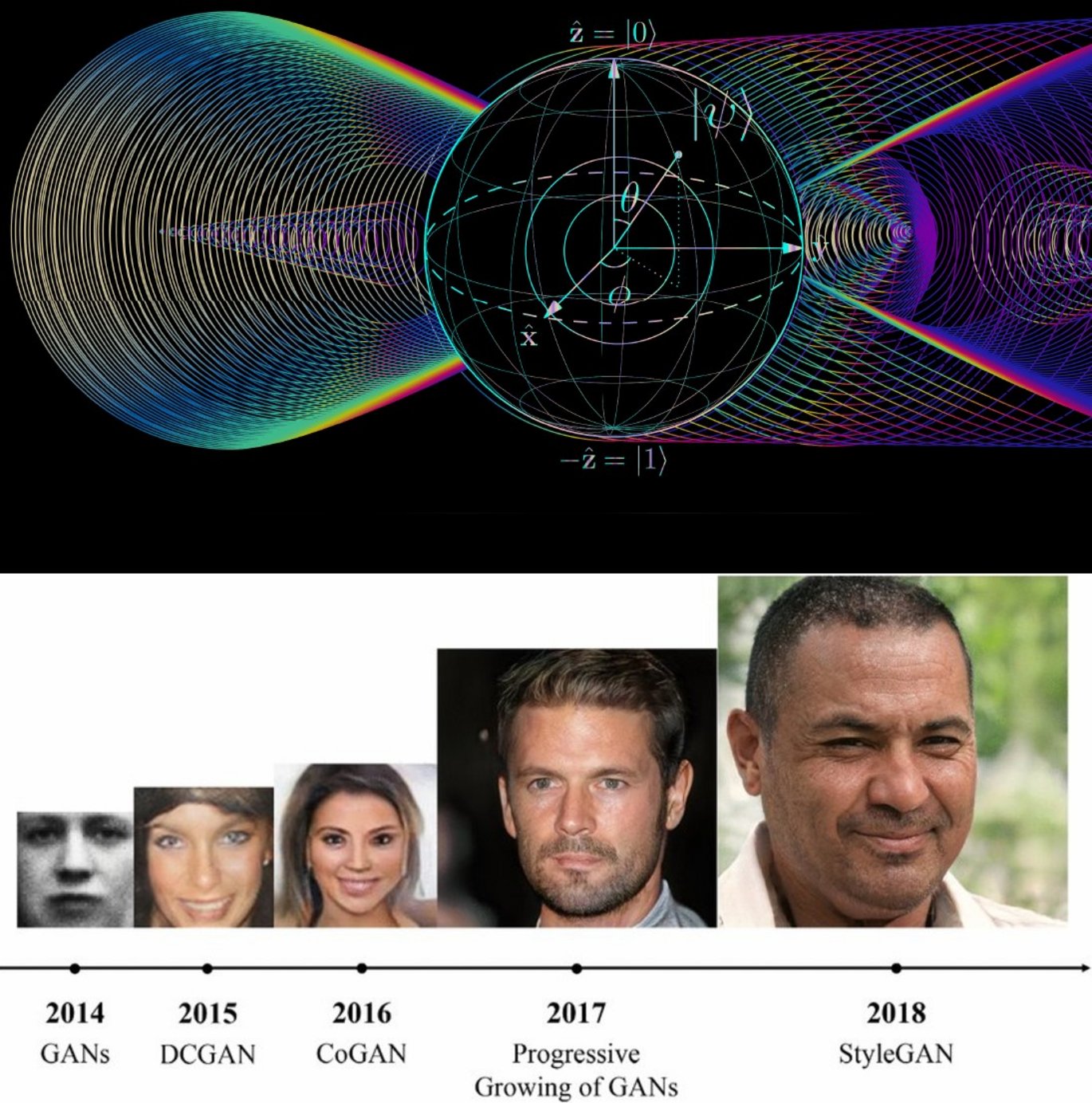Student Colloquium, Sebastian Yde Madsen: The Application of Quantum Circuits in Associative Adversarial Networks

Supervisor: Nikolaj Thomas Zinner & Stig Elkjær Rasmussen
A particularly interesting and rapidly developing subfield of Machine Learning is that of Generative Modelling. This is partly due to the enormous amount of available data, and recent years advents of new and improved methods, such as the Generative Adversarial Network (GAN). But, also a consequence of the fact that the output of Generative Models is very accessible to our senses, in the form of e.g., text, audio or pictures, and that this method of mimicking a previously intangible quality of human behaviour, namely creativity, is a feat which presumably amazes most people on a fundamental level.
However, in the same sense that it might be easier to recognize a painting by Claude Monet, than to imitate one, Generative Models, such as the GAN, has been proven difficult to train efficiently. In the interest of stabilizing the training process, multiple approaches have been suggested. Amongst these is the application of the Quantum Computer as an assisting element in the GAN.
In this colloquium, a brief summary of the classical GAN is provided with an exemplary ‘use case’. Furthermore, a fundamental and introductory explanation of the Quantum Circuit model and its realization on a physical platform is provided, alongside a review of recent research into the performance of the Quantum Associative Adversarial Network.
